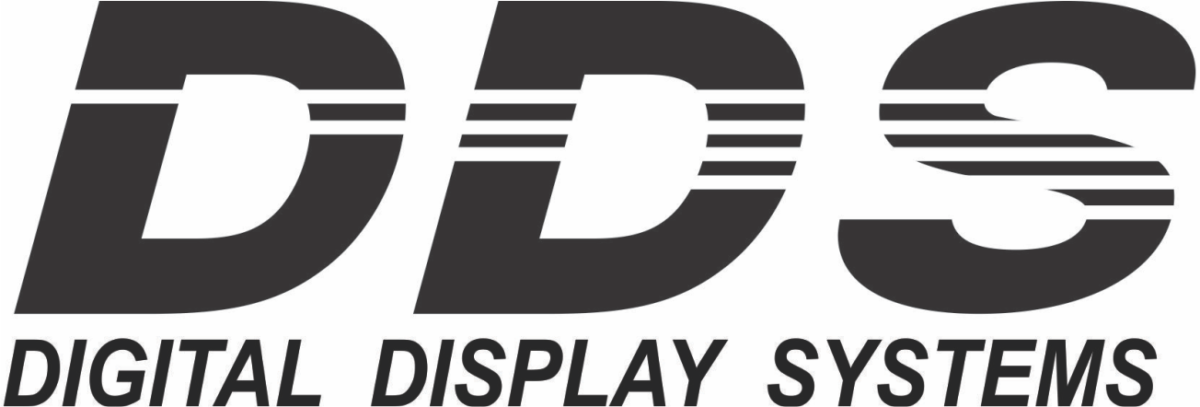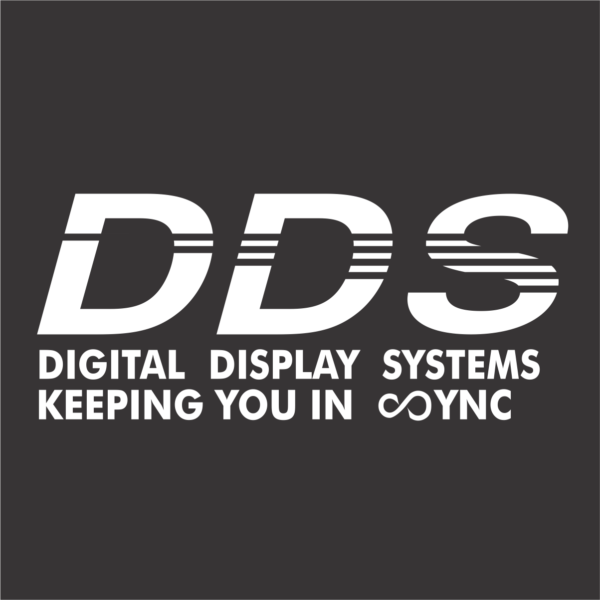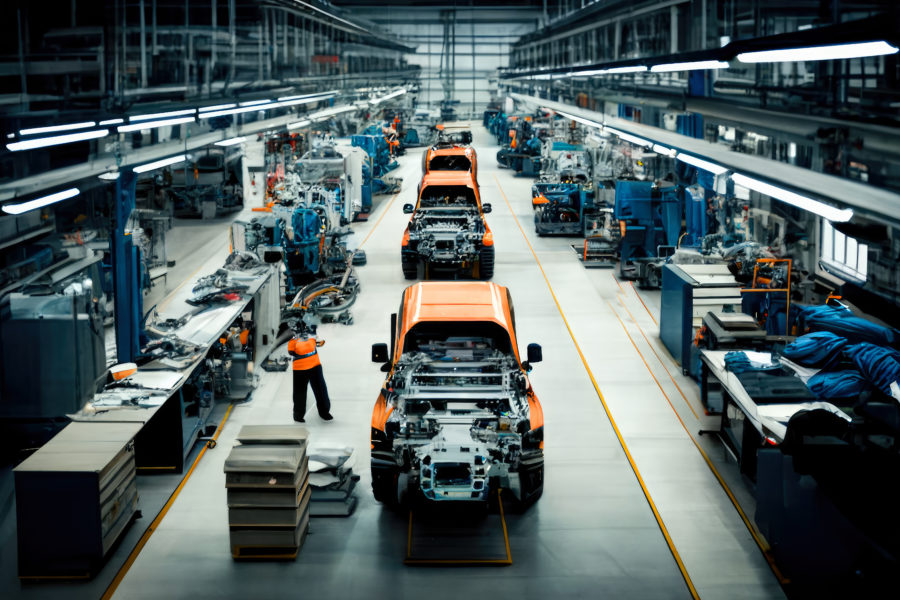
Large object manufacturing can be complex because of the size and weight of the objects. Oftentimes, one bottleneck in a large object manufacturing facility can halt the entire process. However, a floating group of skilled workers who are equipped with the necessary tools alongside synced manufacturing stations can ensure that objects move from one station to another without wasting time or money.
A floating group is a team of workers who are responsible for making sure that a bottleneck doesn’t disrupt the manufacturing process. This group can consist of skilled workers who are trained in multiple stations of the manufacturing process. By having a floating group in place, manufacturers can ensure that the object is always moving to the next station so that employees aren’t standing around and products can be produced more efficiently.
Moreover, in case of any delays or issues that arise during the manufacturing process, a floating group can handle it even without the help of a manager. By synchronizing every station along the way, workers can have a clear understanding of the status of each station and the progress of the manufacturing process. This can allow them to quickly identify and resolve any issues that may arise, without the need for a manager to intervene.
Synchronization can be achieved through various methods such as using timers, lights, sensors, and alarms.
- Timers
- ensure that each station is ready to receive the object when it arrives
- Lights
- signal when a station is ready to receive the object or when there is an issue that needs to be addressed
- Sensors
- detect when an object is approaching a station, while alarms can alert workers when an object is about to arrive
By implementing these tools and synchronizing every station along the way, manufacturers can achieve a smooth and efficient manufacturing process. Workers can have a clear understanding of the status of each station and the progress of the manufacturing process, enabling them to take proactive measures in case of any delays or issues that arise.
What DDS Can Do For Your Large Object Manufacturing Facility
Here at DDS, we have made a customizable interface to improve your large object manufacturing facility. Using metrics such as scrap count, downtime, process time %, OEE %, and a goal timer we have created an all-in-one system to fit your every need. Containing physical and customizable displays as well as live data to spot the bottlenecks in your facility, DDS is your one-way ticket to an improved manufacturing line. In your large object manufacturing facility, our product can help detect and prevent delays in your manufacturing process. This allows your facility to implement a scalable manufacturing process in stages. This results in a streamlined and efficient manufacturing process, allowing manufacturers to produce large objects at a faster rate and with greater precision.
An example of how you can apply our technology using the “crawl, walk, run” method:
Let’s say that your large object manufacturing facility is building a car with the following stations:
- Creating the body (exterior) of the car
- Placing the engine inside the car
- Putting the tires on the car and putting in the final touches
In this scenario, imagine that station one is about to finish while station two is falling behind. In order to have a streamlined operation, DDS’s technology can show the real-time clock of each station and alert employees in station one to help with the second station. Using a floating group, employees at station one won’t have to sit around and wait for employees to finish in station two because they can help the backed-up station. Additionally, metrics such as time-per-station and which employees are working during faster/slower processes can be uploaded to our database. Afterward, this data can be analyzed and used to show the bottlenecks in the manufacturing facility and help improve employee efficiency. Although this is a simple example, the products below can be implemented and used to improve the efficiency of more complicated large object manufacturing facilities.
The products that we have include, but are not limited to:
-
Real-Time Clock
-
Goal TAKT Timer
-
Process TAKT Timer
-
Actual Process Timer
-
Shift Timer
-
Andon Signal Lights
-
Input Controller
-
Barcode Scanner
-
Alarms
-
Photo-eye/Proximity Sensors
The list above represents a variety of tools and technologies that can be used to improve the efficiency of large object manufacturing. Here is a brief explanation of how each item on the list can contribute to improved efficiency:
-
Real-Time Clock: A real-time clock is a tool that keeps track of the current time, and is often used in manufacturing to synchronize processes across different machines or systems. By ensuring that all processes are aligned with the same clock, it is possible to reduce errors and improve the overall efficiency of manufacturing operations.
-
Goal TAKT Timer: A goal TAKT timer is a tool used to measure the amount of time it should take to complete a particular task in order to meet production goals. By setting a clear and realistic production goal and using a TAKT timer to measure progress, it is possible to optimize production and reduce waste.
-
Process TAKT Timer: A process TAKT timer is similar to a goal TAKT timer, but it measures the actual time it takes to complete a particular process. By measuring the actual time against the goal time, it is possible to identify areas where the process can be improved, and to adjust production accordingly.
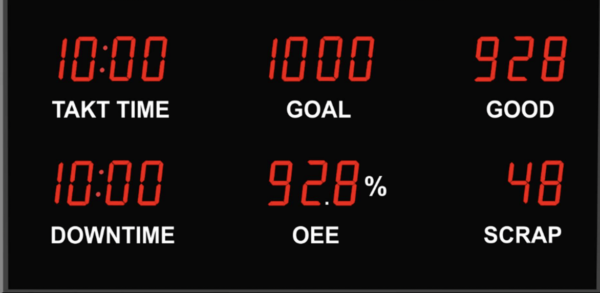
-
Actual Process Timer: An actual process timer is a tool that measures the time it takes to complete a specific process or task. By tracking actual process times, it is possible to identify bottlenecks and inefficiencies, and to implement changes that will improve overall efficiency.
-
Shift Timer: A shift timer is a tool that measures the length of a manufacturing shift. By tracking the length of each shift, it is possible to identify patterns and trends that can be used to optimize production and reduce waste.
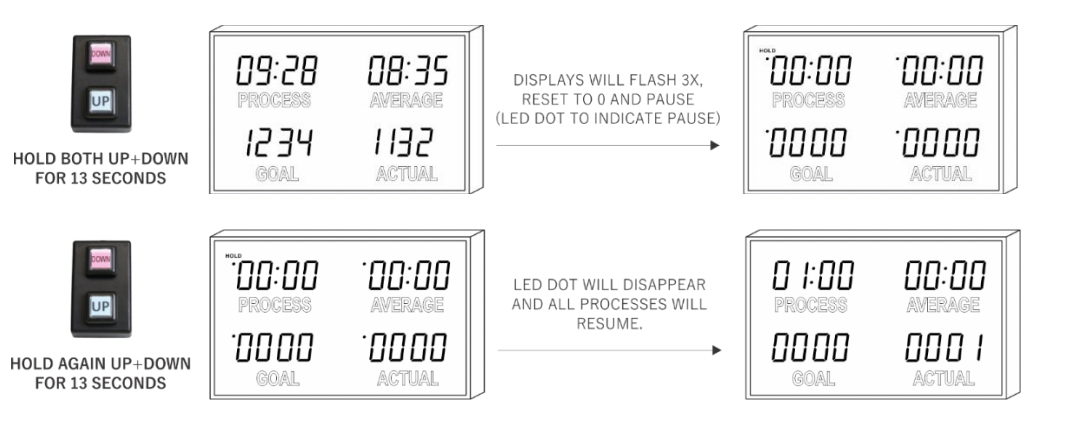
-
Andon Signal Lights: Andon signal lights are visual indicators that are used to alert operators and managers to issues or problems on the manufacturing line. By providing immediate feedback, Andon signal lights can help to reduce downtime and improve the efficiency of manufacturing operations.

-
Input Controller: An input controller is a tool that is used to control the flow of materials or products on the manufacturing line. By managing the input of materials, it is possible to optimize the flow of production and reduce waste.
 |
 Production floor barcode scanner to collect Downtime, Rejects, employee name, job name, batch names and other floor data Production floor barcode scanner to collect Downtime, Rejects, employee name, job name, batch names and other floor data |
-
Barcode Scanner: A barcode scanner is a tool that is used to track the movement of materials or products on the manufacturing line. By scanning barcodes at various points in the manufacturing process, it is possible to track progress and ensure that materials are being used efficiently.
-
Alarms: Alarms are used to alert operators and managers to issues or problems on the manufacturing line. By providing immediate feedback, alarms can help to reduce downtime and improve the efficiency of manufacturing operations.
-
Photo-eye/Proximity Sensors: Photo-eye and proximity sensors are used to detect the presence of materials or products on the manufacturing line. By detecting the movement of materials, it is possible to optimize the flow of production and reduce waste.
You also have the ability to view the data for each station online. You can customize your display and have the data displayed live.
Applications of DDS’s Synced Manufacturing Stations
Although almost any large object manufacturing facility can use our real-time production visibility to reduce costs and waste, here are a few applications that have proven to improve with these strategies:
-
Aerospace manufacturing: The manufacturing of large objects such as aircraft, spacecraft, and their components.
-
Automotive manufacturing: The production of large vehicles and their parts, such as buses, trucks, and heavy equipment.
-
Construction materials: The production of large construction materials, such as precast concrete, steel beams, modular construction elements, and even the construction of tiny homes.
-
Renewable energy: The production of large renewable energy components, such as wind turbine blades, solar panels, and energy storage systems.
-
Furniture and home goods: The production of large furniture items, such as sofas, tables, and cabinets, as well as appliances and other home goods.
-
Shipbuilding and marine manufacturing: The production of large ships, boats, and marine equipment, such as oil rigs and underwater vehicles.
Now that you know how DDS synced stations can improve large object manufacturing and the various applications of DDS’s technology, call us today for a free consultation to help you maximize your manufacturing efficiency and save you money.

